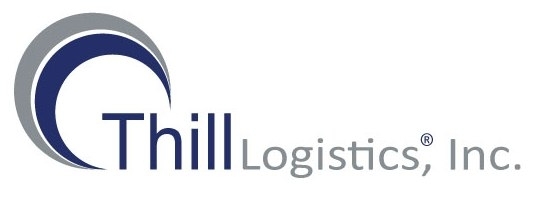There are a number of factors search engines consider when determining how to rank websites on their SERP’s. One thing you have control of is how to optimize your pages for search engines. In this first article of a larger series on on-page SEO, I will describe the process of researching and selecting keywords for your on-page optimization.
Keyword Research
When beginning to optimize a page on your website, one of the very first things you need is a list of optimized keywords. You will begin by researching keywords that potential visitors are searching for in search engines; which also relate to the content your page is offering. To start this process try and think like your visitors and come up with a handful of keyword phrases potential visitors might search for.
Choosing a Keyword Research Tool:
The next step is to use the proper keyword research tool(s) to explore related keywords to the handful of keywords you have already gathered. Most tools will suggest related keywords to a list you give them. Choosing the right tool(s) is critical. The best free keyword research tool to use is the Google Keyword Suggestion Tool. One of my favorite paid tools is Rank Tracker from the SEO PowerSuite. But the Google Keyword Suggestion Tool is more than adequate for this task.
Choosing the Right Optimized Keywords:
There are two types of keywords to choose from, short tail keywords and long tail keywords. Short tail keywords (also known as broad keywords) are short, general words. For example “shoes”. A large percent of people search for short tail keywords in search engines, but more sites optimize for them as well. This creates a lot of competition and a much harder task for you to try and rank for them.
Long tailed keywords (also known as narrow keywords) are typically longer, specific phrases or words. For example “mens blue nike shoes size 12”. Less people search for keywords like this but that gives you a much better probability to rank for those types of keywords. Long tailed keywords will also send more targeted visitors to your site.
The other deciding factors in choosing the right keywords include choosing keywords that have a high number of estimated searches and a low competition. It’s not necessary to choose the top searched for keyword when that keyword probably has the most competition. Choose your keywords carefully keeping the end user in mind. Ask: What does my page offer? Does this keyword relate to my offer? Will my offer help the user who conducts this search? Remember, Google and other search engines want to give their users the best user experience that they can. If Google thinks relevancy is important, then you better too!
Once you have a list of possible keywords, choose 5-10 keywords to optimize your page for. Never try and optimize your page for more than 10 keywords, keep it simple for search engines, users, and yourself.
Look for my next post on how to implement these keywords on your page.


Pingback: Thill Logisitcs
Pingback: On-Page SEO (Part 2): Keyword Optimization
Pingback: On-Page SEO (Part 2): Keyword Optimization - Thill Logistics